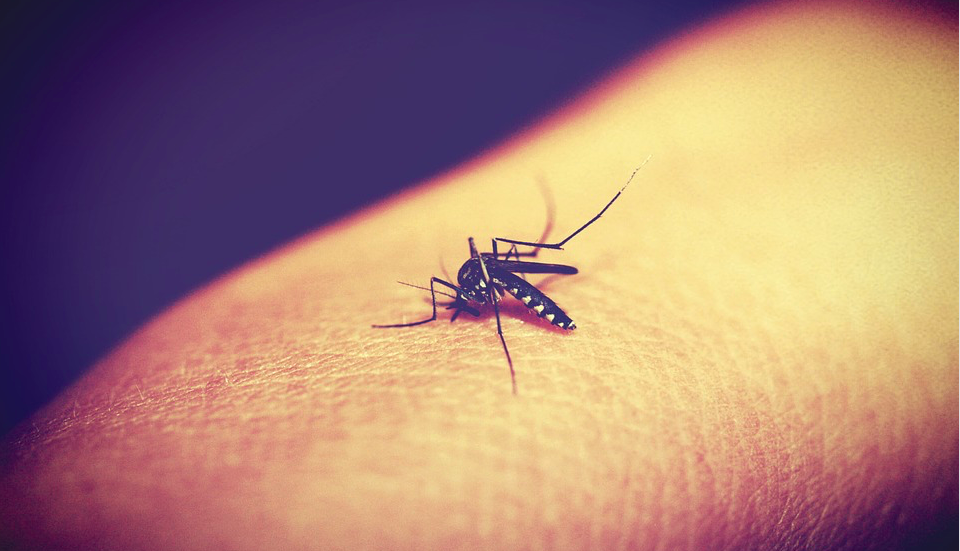
New strains of drug-resistant malaria are spreading rapidly throughout Southeast Asia, an international team of scientists has warned.
The strain, known as KEL1/PLA1, is becoming more dominant in Vietnam, Laos and northern Thailand after spreading rapidly from Cambodia, scientists said yesterday (Monday, July 22).
“We discovered it had spread aggressively, replacing local malaria parasites, and had become the dominant strain in Vietnam, Laos and northeastern Thailand,” said Roberto Amato, who worked with a team from Britain’s Wellcome Sanger Institute alongside Oxford University and Thailand’s Mahidol University.
Almost 220 million people were infected with malaria in 2017, according to World Health Organization estimates, and the disease killed 400,000 of them. The vast majority of deaths are among babies and children in sub-Saharan Africa.
Drug-resistant malaria
Malaria can be treated if it’s caught early enough, but resistance to anti-malarial drugs is growing in many parts of the world, particularly in Southeast Asia.
The first-line treatment for malaria in many parts of Asia in the last decade has been a combination of dihydroartemisinin and piperaquine, also known as DHA-PPQ. Researchers found in previous work that a strain of malaria had evolved and spread across Cambodia between 2007 and 2013.
This latest research, published in The Lancet Infectious Diseases journal, found it has crossed borders and tightened its grip.
“The speed at which these drug-resistant malaria parasites have spread in Southeast Asia is very worrying,” said Olivo Miotto, who co-led the work.
“Other drugs may be effective at the moment but the situation is extremely fragile and this study highlights that urgent action is needed,” he said.
New dengue strain
Meanwhile, the Department of Health (DOH) is investigating whether a different dengue strain is behind the recent spike in infections.
Dr Ferchito Avelino, Officer-in-Charge of the DOH Epidemiology Bureau, said there were several factors that could be behind the recent rise in cases, but a different strain might be the main cause.
Dr Avelino said that dengue has four zero-strains and what is being treated now is the zero-type three strain.
“Currently we are seeing a zero-type three strain circulating in the country. In the previous years, we didn’t have that,” he said.
Because of this, he said, the community has no immunity to this type of strain.
He explained that once bitten by a mosquito carrying a particular type of strain, a patient develops an immunity to that type of strain and a partial immunity to the other strains.
However, since there has not been a zero-type 3 dengue case in the past, no one actually has developed immunity to it yet.
Other factors behind the recent spike in dengue cases include wet weather, overcrowding and increased mobility of the population.
Follow our Facebook page for daily news updates
…
